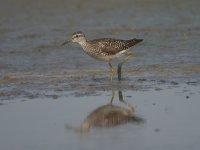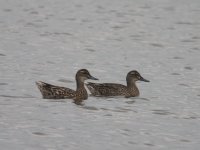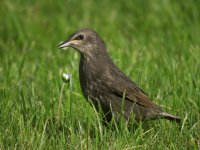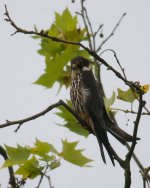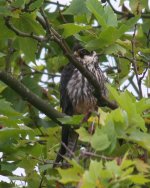robert mckay
Member
Absolutly the same experience with the Sigma 30 on my G1 and my Swaro ATS80HD and the 25-50x wide eyepiece. No vignetting, nice mounting with the DCA (in opposite to the 20 F1.7 the front of the lens is _not_ moving during AF), but the quality can't reach the P6000.
Finally I have sent it back and continue to use the P6000.
I think now, that the shutter is may be part of the problem. See the movement here:
http://www.youtube.com/watch?v=-dK6Qa1Iy4Y
A smaller sensor seems also have some advantages behind a scope.
Really pitty, I like the digiscoping with the G1 due to viewfinder and electrical remote shutter - but I don't like the quality of the pictures in comparison to the P6000 setup.
This issue about mechanical shutters is a really interesting one. How much impact would they have on a well-balanced digiscoping system? Sony NEX and the new Canon Rebel use an electronic first curtain and a mechanical second curtain. Not sure if this would solve the problem?
The Nikon V1 would solve the problem but - as I understand it - you have very limited options for remote/cable release with both the V1 and with Sony NeX. The infrared trigger for the V1 only allows a single shot - not multiple shots. And it is impossible to fire single shots in quick multiple succession with the V1 because the camera screen goes into image review mode and doesn't allow another shot to be taken for a full second after each shot (which can't be fixed in the settings). I'm guessing that having to touch the camera to take a shot would induce more shake than a mechanical shutter does. This is what has put me off the V1. I'd love to hear from V1 users about how much of a problem this is for them or how they get around it?
P.S The images earlier in this thread look sharp to me. Were yours as sharp as this? - or are you trying for even better than this?




